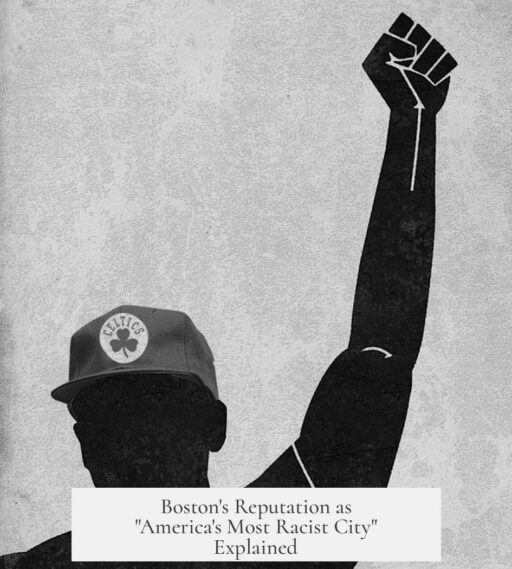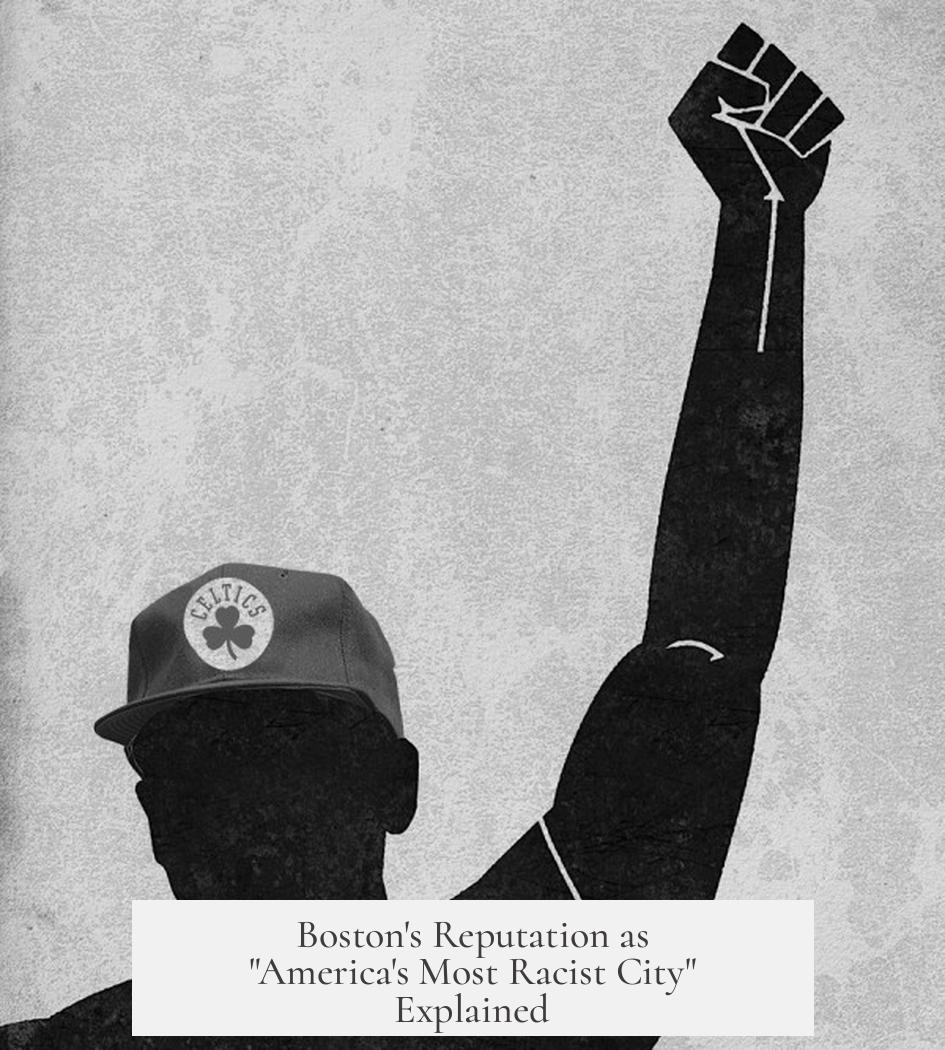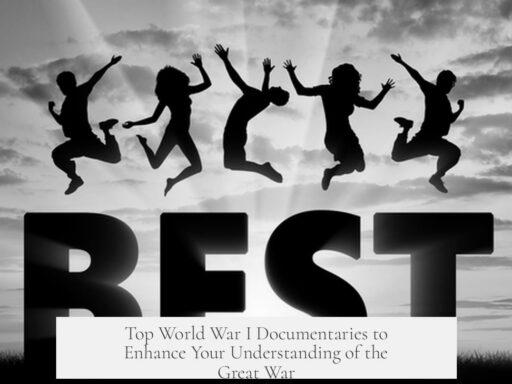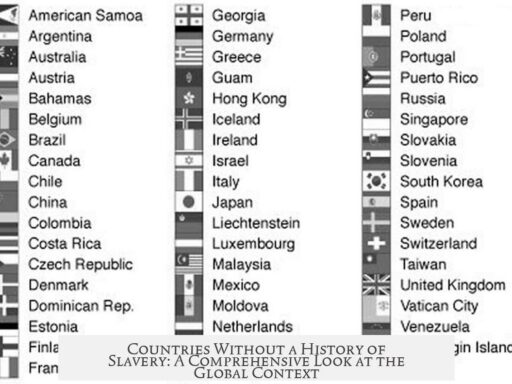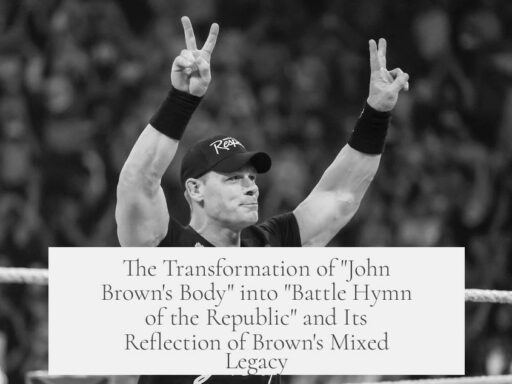Boston’s reputation as “the most racist city in America” stems from a complex mix of historical, demographic, political, and social factors that have shaped race relations over centuries. This label reflects a legacy of entrenched segregation, political exclusion, and racially charged conflicts that persist in collective memory and contemporary experiences.
Boston’s black community has deep roots dating back to colonial times but remained small for centuries. The population only grew significantly after World War II due to the Great Migration—a movement of African Americans from the South to northern cities in search of better economic opportunities. By 1970, black residents comprised over 16% of Boston’s population, a sharp increase from just a few thousand earlier in the century.
Yet, tensions around race in Boston are intertwined with the city’s earlier history of conflict not solely based on black-white relations. In the 19th century, Boston, dominated by Anglo-Protestant values, experienced major cultural clashes with Irish Catholic immigrants. Groups like the Know Nothings actively opposed the rising immigrant population, expressing nativist and xenophobic attitudes. These tensions contributed to violent confrontations and political battles, revealing a broader pattern of ethnic contention beyond race alone.
Furthermore, Boston’s demographic uniqueness plays a crucial role. Compared to other Northeastern cities, Boston’s metro area has a disproportionately small Black population, only about 7%, versus 17-28% in similar cities. This smaller community never achieved the critical mass needed to secure significant political or economic influence.
- In 1951, Boston’s move to an at-large city council voting system reduced Black representation, limiting community influence during crucial years of urban crisis.
- White ethnic groups, particularly Irish and Italian Americans, often resisted integration efforts, with figures like Louise Day Hicks becoming symbols of opposition to desegregation and busing policies.
The business environment also reinforced exclusion. Elite groups like the “Coordinating Committee,” known as “The Vault,” operated as closed circles dominated by white men. These groups excluded Black, Irish, Italian, and female business leaders. This social rigidity maintained racial and ethnic hierarchies in economic power structures.
Sports teams, highly visible symbols of the city’s identity, contributed to the perception. The Boston Red Sox were the last Major League Baseball team to integrate, waiting until 1959 to allow Black players. Bill Russell, a Celtics legend, described the city as a “flea market of racism” after experiencing personal racial attacks and hostility during his career in the 1950s and 60s. Incidents like racial heckling at Fenway Park continue to fuel the reputation.
Boston’s racial tensions attracted national attention during the 1970s school desegregation crisis. The court-ordered busing to integrate public schools triggered violent protests and social upheaval. The episode became emblematic of the city’s resistance to racial integration and left a lasting scar in public consciousness.
Despite the city’s progress in becoming majority-minority and electing leaders of color, many Black residents and observers argue the label persists because:
- Racism manifests in ongoing social, economic, and institutional inequalities.
- The city’s elite often downplay or deny systemic racism, delaying meaningful reconciliation.
- Boston’s historical narratives and media sometimes fail to highlight non-white contributions adequately.
Academic institutions in Boston also reflect historical racial biases. Prestigious universities were founded and flourished in deeply segregated contexts, shaping campus cultures and surrounding communities’ relations to race. This legacy affects students’ experiences and the broader image of the city.
A detailed investigation by the Boston Globe’s Spotlight team questions whether Boston still earns this reputation today. While some progress is evident, systemic barriers and cultural attitudes contribute to challenges in moving beyond the label. Acknowledging the city’s past and actively promoting inclusion remain critical.
| Factor | Description |
|---|---|
| Demographic Shifts | Growth of Black population post-WWII due to Great Migration. |
| Ethnic Conflicts | 19th-century anti-Irish sentiment and nativism shaped social tensions. |
| Political Exclusion | At-large city council system hindered Black representation (1951-1981). |
| Business Clique | Exclusive elite groups barred minorities and women. |
| Sports Integration | Late integration of Red Sox; racial hostility in athletics. |
| School Desegregation Crisis | Violent resistance to busing deepened racial divisions. |
| Media & Perceptions | Ongoing incidents reinforce reputation despite demographic changes. |
Boston’s history reveals a city struggling with its racial legacy amidst social change. The perception of being “the most racist city in America” derives less from one event and more from decades of exclusion, resistance to integration, and social conflict, combined with visible expressions of racism today.
- Boston’s racial tensions have deep, multi-ethnic roots.
- The Great Migration shaped but did not resolve racial divides.
- Political and business exclusion entrenched systemic racism.
- Sports and education exemplify institutional delays in inclusion.
- The city’s reputation persists despite demographic and political progress.
- Open acknowledgment and active inclusion are key to change.
Why did Boston’s Black population grow significantly after World War II?
The growth was due to the Great Migration. Black migrants left Southern states for Northern cities, including Boston. This increased the Black community from about 23,000 in 1940 to over 100,000 by 1970.
How did Boston’s political system affect Black representation during urban crisis years?
In 1951, Boston changed its city council to nine at-large representatives. This system diluted Black voting power, preventing Black communities from electing representatives even as their population grew.
What role did Boston’s white ethnic communities play in the city’s racial tensions?
White ethnic groups, especially the Irish, were politically strong and often resisted integration. Leaders like Louise Day Hicks opposed desegregation, making racial conflicts more public and intense.
How did Boston’s sports teams contribute to the city’s racist reputation?
Boston’s teams, including the Red Sox, were slow to integrate. Tom Yawkey waited until 1959 to sign the first Black player. Bill Russell faced racist abuse despite his success with the Celtics.
Why is Boston considered to have a uniquely low Black population compared to other Northeastern cities?
Boston’s metro area is about 7% Black, much lower than similar cities with 17% to 28%. This small population limited political and economic influence for Black residents, affecting integration efforts.
